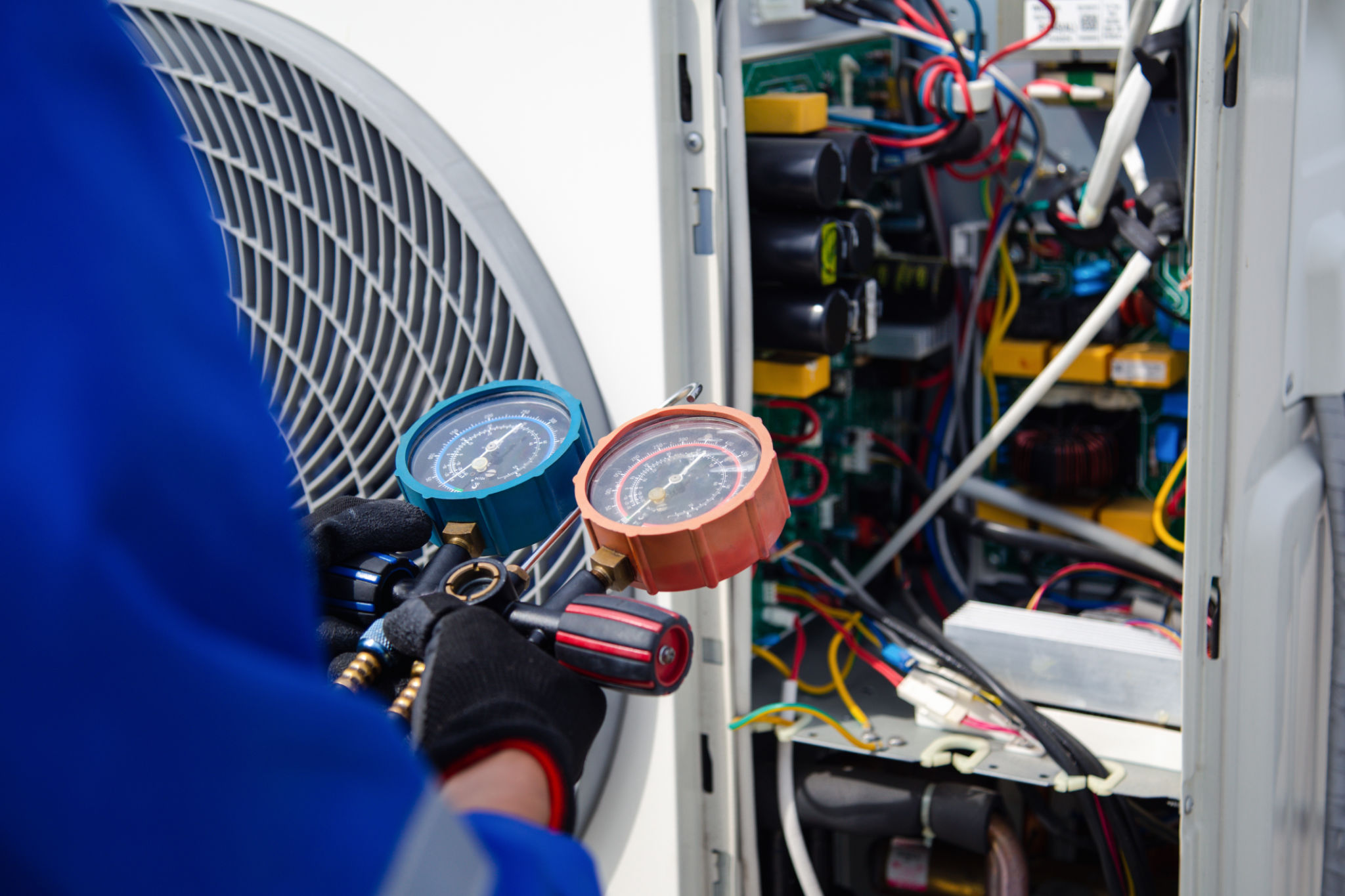Seasonal Energy Efficiency Tips for Singapore's Tropical Climate
Understanding Singapore's Tropical Climate
Singapore's tropical climate is characterized by high humidity and consistent temperatures throughout the year. This unique weather pattern requires specific energy efficiency strategies to maintain comfort without escalating energy bills. By understanding the dynamics of this climate, residents can implement effective measures to enhance their home's energy efficiency.

Maximize Natural Ventilation
One of the simplest ways to improve energy efficiency is by maximizing natural ventilation. Open windows and doors during cooler parts of the day to allow fresh air to circulate, reducing the need for air conditioning. Ceiling fans can also complement this by distributing air evenly, creating a comfortable environment while using less energy than an air conditioner.
Consider using cross-ventilation techniques by opening windows on opposite sides of your home. This method promotes airflow, helping to cool down spaces effectively. Additionally, installing window grilles or screens can keep insects out while allowing air to flow freely.
Optimize Air Conditioning Use
Air conditioning is a staple in Singaporean homes, but its overuse can lead to high energy consumption. To optimize your air conditioner's efficiency, set the thermostat to a comfortable 25°C. This temperature is sufficient to cool down your home without excessive energy use. Regular maintenance, such as cleaning filters and checking for refrigerant leaks, also ensures your unit operates efficiently.

Consider investing in an energy-efficient model with a high Energy Efficiency Ratio (EER) or a unit with an inverter technology. These options may have a higher initial cost but provide significant savings on electricity bills in the long run.
Utilize Energy-Efficient Lighting
Lighting is another area where energy savings can be achieved. Replace traditional incandescent bulbs with LED or CFL lights, which consume less energy and have a longer lifespan. Additionally, make use of natural light by keeping curtains open during the day, reducing reliance on artificial lighting.

Implementing motion sensors or timers in areas that are not constantly in use, such as storerooms or bathrooms, can further reduce unnecessary energy consumption. This simple yet effective strategy ensures lights are only on when needed.
Insulate Your Home
Insulation is often overlooked in tropical climates, but it plays a crucial role in maintaining indoor temperatures. Insulating your roof and walls can significantly reduce the amount of heat entering your home, decreasing the demand on cooling systems. Consider using reflective paints or materials that deflect sunlight to keep your home cooler naturally.
Additionally, sealing gaps around doors and windows prevents cool air from escaping and hot air from entering. Simple weather stripping or caulking can be an effective solution to maintaining a consistent indoor temperature.
Conclusion
Implementing these energy efficiency tips can make a significant difference in managing energy consumption in Singapore's tropical climate. By maximizing natural ventilation, optimizing air conditioning use, utilizing energy-efficient lighting, and insulating your home, you can enjoy a comfortable living environment while reducing your carbon footprint and saving on electricity bills. Adopting these strategies not only benefits your wallet but also contributes to a more sustainable future.
